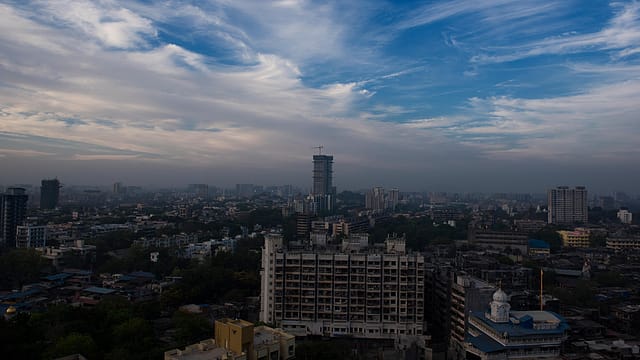Moody’s cuts India outlook to negative
ADVERTISEMENT

The S&P BSE Sensex opened in the red, down over 100 points, after global ratings agency Moody’s cut its India outlook to negative from stable due to concerns on weak economic growth and fiscal risks, but maintained the Baa2 foreign currency and local currency long-term issuer ratings. The Sensex closed the trading session more than 330 points down at 40,323.61 on Friday. Moody's shift in outlook comes close on the heels of S&P Global Ratings' warning of rising contagion risks in the domestic financial sector.
“Despite government measures to help reduce the depth and duration of India’s slowdown in economic growth, prolonged financial stress among rural households, weak job creation, and a credit crunch among NBFCs have increased the probability of a more entrenched slowdown. If nominal GDP growth does not return to higher rates, the government will face significant constraints in narrowing its budget deficit and preventing a rise in debt,” Moody's said.
The government, however, is unwilling to see the chinks in its armour. In response to Moody’s lowering its outlook, the finance ministry said, “The government has undertaken a series of financial sector and other reforms to strengthen the economy as a whole. The Government of India has also proactively taken policy decisions in response to the global slowdown. These measures would lead to a positive outlook on India and would attract capital flows and stimulate investments.”
January 2026
Netflix, which has been in India for a decade, has successfully struck a balance between high-class premium content and pricing that attracts a range of customers. Find out how the U.S. streaming giant evolved in India, plus an exclusive interview with CEO Ted Sarandos. Also read about the Best Investments for 2026, and how rising growth and easing inflation will come in handy for finance minister Nirmala Sitharaman as she prepares Budget 2026.
A cut in outlook is the first step towards an investment downgrade. An investment downgrade can shake the confidence of investors and lead to massive foreign funds outflow. The finance ministry, however, said that India continues to be one of the fastest-growing major economies in the world. “As India’s potential growth rate remains unchanged, assessment by IMF (International Monetary Fund) and other multilateral organisations continue to underline a positive outlook on India,” it said.
Despite the turbulence, there are those who continue to believe in India’s growth story. Bank of America Merrill Lynch says it does not set much store by Moody’s downgrade of India’s outlook to negative from stable. “We think fiscal risks are overdone as our expected 0.5% of GDP slippage comes from the corporate tax rate cut,” it added. “We see the slowdown as cyclical rather than structural. (Measures undertaken) by the Reserve Bank of India and the Finance Ministry should lead to a shallow recovery by 2020.”
